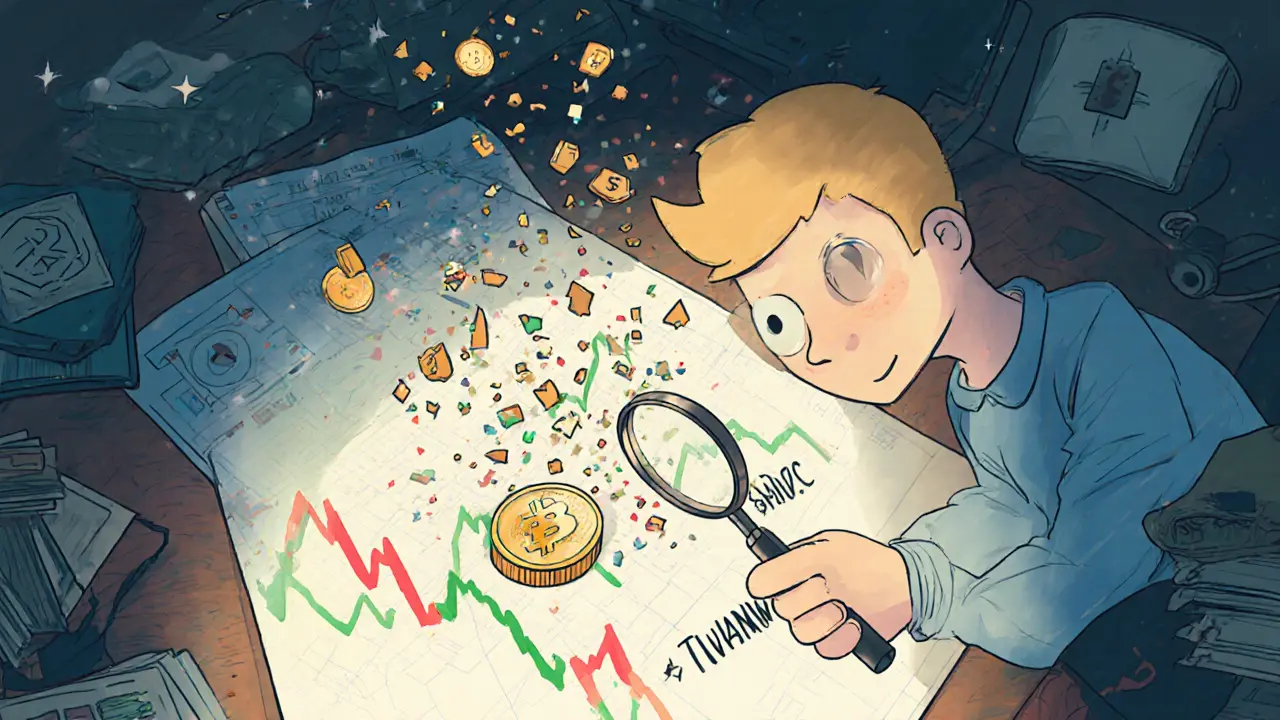FRAX Stablecoin Trading: How It Works and Where to Use It
When you trade FRAX stablecoin, an algorithmic stablecoin pegged to the US dollar that adjusts its supply using a hybrid model of collateral and smart contracts. Also known as FRAX, it’s not just another stablecoin—it’s a living system that changes based on market pressure, not just reserves. Unlike USDT or USDC, which rely on centralized banks and audits, FRAX uses a mix of collateral (like ETH or USDC) and its own token, FXS, to stay pegged. This means its stability comes from code, not just cash in a vault.
FRAX trading happens mostly on decentralized exchanges like Curve, Uniswap, and FraxSwap, where users swap it for other tokens, earn yields in liquidity pools, or use it as collateral in DeFi loans. Traders love it because it’s cheap to move, has low slippage, and stays close to $1 even during market chaos. If you’re into yield farming or arbitrage, FRAX is often the go-to stablecoin because it’s designed to be efficient, not just safe. You can also use it to hedge against volatility without locking your funds into a centralized exchange.
But FRAX isn’t for everyone. If you want a simple, trustless dollar backup, USDC might be better. But if you’re curious about how blockchain economics can make money behave like a dynamic system, FRAX is one of the clearest examples. It’s part of a bigger shift: stablecoins aren’t just anchors anymore—they’re tools for complex financial games. The posts below show you exactly where FRAX fits in real trading, what pairs it’s used with, how it interacts with other DeFi protocols, and why some traders treat it like a secret weapon.
